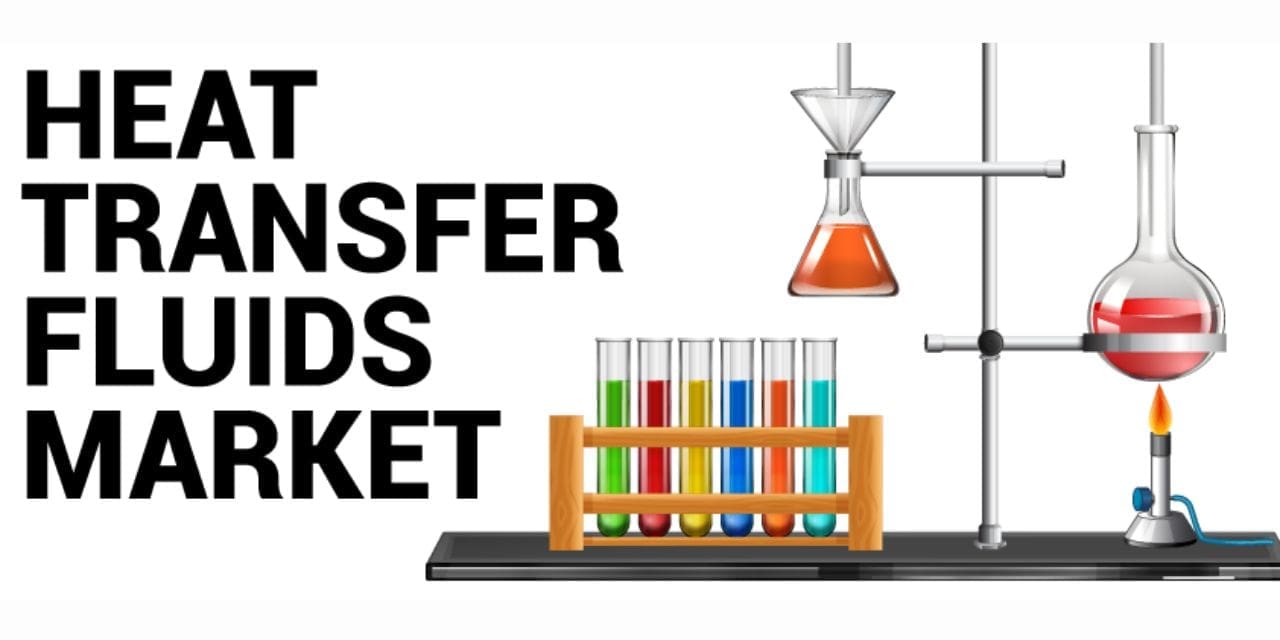The report “Heat Transfer Fluids Market by Product Type (Mineral Oils, Synthetic Fluids, Glycol-Based Fluids), End-use Industry (Chemical & Petrochemicals, Oil & Gas, Automotive, Food & Beverages, Pharmaceuticals, HVAC, Renewable Energy) – Global Forecast to 2029″, is USD 4.3 billion in 2024 and is projected to reach USD 5.4 billion by 2029, at a CAGR of 4.9%. The growth of the heat transfer fluids market is driven by several key factors, including rapid industrialization, increasing demand for energy efficiency, and the expansion of key end-use industries. As industrial processes become more advanced and widespread, particularly in emerging economies, the need for effective thermal management solutions becomes critical. Industries such as chemical and petrochemical, automotive, food and beverages, and HVAC heavily rely on heat transfer fluids to maintain optimal operating temperatures and ensure process efficiency. The growing emphasis on energy conservation and efficiency further propels the market, as heat transfer fluids are essential in reducing energy consumption and improving the overall efficiency of thermal systems. Additionally, the rising adoption of renewable energy sources, such as solar and wind power, necessitates advanced heat transfer fluids for energy storage and transfer applications.
Browse
- 239 Market data Tables
- 55 Figures
- 253 Pages and in-depth TOC on “Heat Transfer Fluids Market – Global Forecast to 2029”
Some of the prominent key players are:
- Dow (US)
- Eastman Chemical Company (US)
- ExxonMobil (US)
- Chevron Corporation (US)
- Huntsman Corporation (US)
- Shell PLC (UK)
- Lanxess (Germany)
- Clariant (Switzerland)
- Wacker Chemie AG (Germany)
- Indian Oil Corporation Ltd. (India)
- Schultz Canada Chemicals Ltd. (Canada)
Driver: Increasing industrialization and urbanization globally
Increasing industrialization and urbanization globally are significant drivers for the heat transfer fluids market. As countries industrialize, particularly in emerging economies, the demand for efficient thermal management solutions in various industrial processes intensifies. Industries such as chemical and petrochemical, manufacturing, food and beverages, and automotive rely heavily on heat transfer fluids to maintain optimal operating temperatures, ensure process efficiency, and enhance energy conservation. The expansion of these industries, fueled by rapid industrialization, creates substantial demand for heat transfer fluids. Urbanization further boosts this demand by driving infrastructure development and the growth of HVAC systems. As urban areas expand, the need for residential, commercial, and industrial buildings equipped with efficient heating, ventilation, and air conditioning systems increases. Heat transfer fluids are crucial in these systems for effective thermal management, ensuring comfort and energy efficiency in urban environments. Moreover, urbanization often accompanies advancements in public services and utilities, such as district heating systems, which also utilize heat transfer fluids. The combined effect of industrial growth and urban development accelerates the adoption of heat transfer fluids across various applications. This trend is reinforced by the global push for energy efficiency and sustainability, prompting industries and urban infrastructure to adopt advanced heat transfer technologies to meet these goals, thereby driving market growth.

